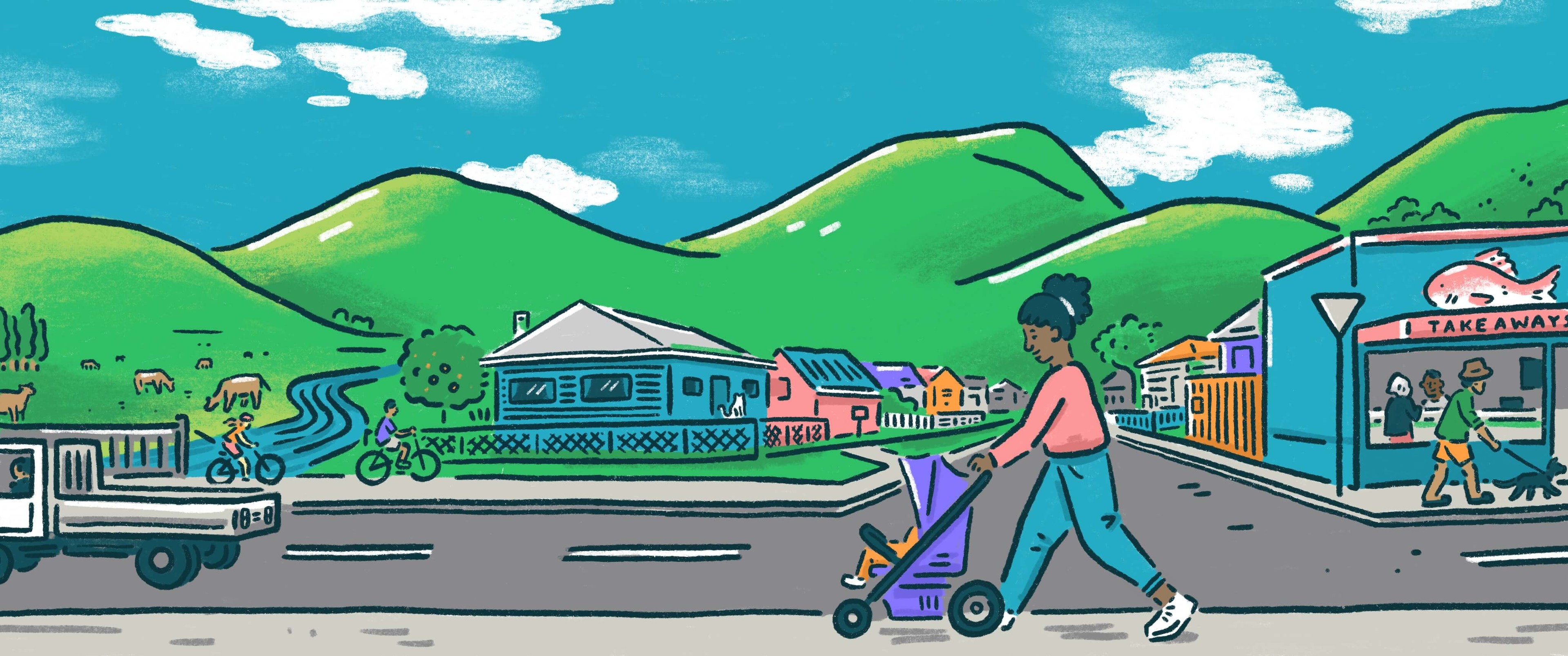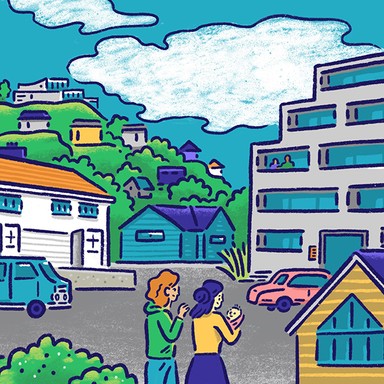
Western Bay of Plenty District Council

Housing and planning
Local councils are responsible for land use planning under the Resource Management Act, which affects where and how new houses are constructed, as well as the design of cities and towns. In some areas, councils also provide housing to those who need it most.

Housing and planning
Local councils are responsible for land use planning under the Resource Management Act, which affects where and how new houses are constructed, as well as the design of cities and towns. In some areas, councils also provide housing to those who need it most.
Introduce risk categories into housing development permits to mitigate against climate effects and natural disasters.
Encourage development of higher-density, environmentally-efficient, urban housing, to improve land use and infrastructure efficiency.
Engage with urban communities and encourage appropriate enhancements to public spaces, to make urban areas and streetscapes more attractive.
Make available land for higher density affordable and social housing.
Protect the provision and need for shared space in communities. In particular those in higher-density housing. Develop healthier communities.
Manage and create buffer zones between primary industries and towns, so both can operate and develop without infringing on the other.
Facilitate land re-zoning to allow for more economical and affordable housing, without risking quality.
Invest in developing a faster process for building consents.
Ensure the structure plan identifies a balanced housing mix for future growth that meet the needs of the community.
Formulate integrated structure plans so that there is adequate infrastructure, parks and green spaces, roads to meet future growth.
Ensure the integrated structure plans and housing consents align with the impact of the changing climate.
Support and enable well-planned growth opportunities such as the new town proposed in the east of the district.
Progress our District Plan review in a changing resource management framework, so that we get the right development in the right places.
Enable and provide affordable housing by leveraging government funding in this area.
Promote responsible intensification where big sections are split into more housing but avoid detrimental effects on neighbours (eg shading).
Review council charges for building consents etc after large fee increases in recent years.
Open up more light industrial zoning to bring jobs home, easing congestion from commuting to Tauranga.
Introduce risk categories into housing development permits to mitigate against climate effects and natural disasters.
Encourage development of higher-density, environmentally-efficient, urban housing, to improve land use and infrastructure efficiency.
Engage with urban communities and encourage appropriate enhancements to public spaces, to make urban areas and streetscapes more attractive.
Make available land for higher density affordable and social housing.
Protect the provision and need for shared space in communities. In particular those in higher-density housing. Develop healthier communities.
Manage and create buffer zones between primary industries and towns, so both can operate and develop without infringing on the other.
Facilitate land re-zoning to allow for more economical and affordable housing, without risking quality.
Invest in developing a faster process for building consents.
Ensure the structure plan identifies a balanced housing mix for future growth that meet the needs of the community.
Formulate integrated structure plans so that there is adequate infrastructure, parks and green spaces, roads to meet future growth.
Ensure the integrated structure plans and housing consents align with the impact of the changing climate.
Support and enable well-planned growth opportunities such as the new town proposed in the east of the district.
Progress our District Plan review in a changing resource management framework, so that we get the right development in the right places.
Enable and provide affordable housing by leveraging government funding in this area.
Promote responsible intensification where big sections are split into more housing but avoid detrimental effects on neighbours (eg shading).
Review council charges for building consents etc after large fee increases in recent years.
Open up more light industrial zoning to bring jobs home, easing congestion from commuting to Tauranga.
Mayor
Compare the mayoral candidates in your area
Local council
Compare the candidates for your city or district council
Regional council
Compare the candidates for your regional council
Local board
Compare the candidates for your local or community board







